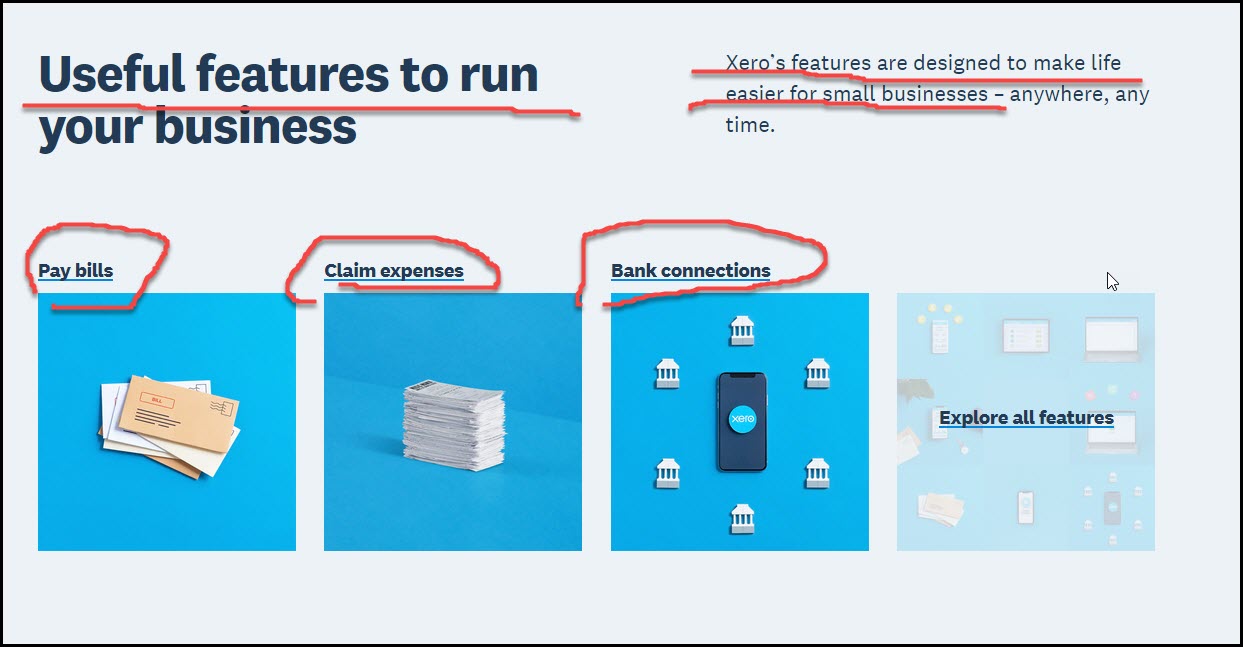5 Marketing Strategies for Business Survival During a Recession
“Marketing and innovation produce results; all the rest are costs.”– The Father of Business Consulting Peter Drucker. Managing a business […]
Read More »Become a successful marketing consultant: Learn more

Cash flow management is essential for the success of any food business.
It is important to use the right tools to effectively track and manage cash flow.
Best tools a food business should use to manage cash flow
Here are the 5 best tools a food business needs to manage cash flow:
1. Budgeting Software
2. Invoicing System
3. Accounting Software
4. Cash Flow Forecasting Software
5. Payment Processing Solution
As we get into the details and provide some possible solutions you can explore, here are two very important articles to help you build a great food business:
Ok, let’s get started.
The following are some of the best tools a food business should use to manage cash flow:
It helps them to create detailed budgets and track their spending. It also allows them to analyze their financial performance and adjust their budget accordingly.
The two best budgeting software for food companies to manage cash flow are QuickBooks and Xero.
The most important steps a food business should take to manage cash flow are to create a budget, track and analyze expenses, and review financial statements.
It allows businesses to send invoices, track payments and monitor their accounts receivables.
The two best invoicing systems for food companies to manage their cash flow are QuickBooks and FreshBooks.
To improve their invoicing system, food businesses should first ensure that their invoices are accurate and up-to-date.
This includes double-checking for any typos or errors, as well as making sure all the details of the invoice are correct.
Additionally, businesses should also ensure that invoices are sent out promptly, as this will help them stay on top of their cash flow.
Finally, businesses should also ensure that they are tracking all their invoices, so they can easily identify any unpaid invoices that need to be followed up on.
Once again, the top two accounting software for food companies to manage cash flow are QuickBooks and Xero.
In order to get the most out of their accounting software, food businesses should take the following steps:
This will help to organize all of the financial information related to the business and make it easier to track cash flow.
Automated reminders will help to ensure that invoices are paid on time and that important payments are made in a timely manner.
Reconciling accounts helps to ensure that the financial information presented by the software is accurate and up-to-date.
Dashboards and reports help to provide a comprehensive overview of the company’s financial health and can help to identify areas for improvement.
Training and support are essential for helping businesses to get the most out of their accounting software.
By taking these steps, food businesses can maximize the value of their accounting software and ensure that their cash flow is managed effectively.
This is invaluable for anticipating cash flow gaps and preparing for them in advance.
And yet again, the two most popular Cash Flow Forecasting Software tools for food companies are QuickBooks and Xero.
To get the most out of a Cash Flow Forecasting Software, the first step a food business should take is to create an accurate budget.
This allows them to determine how much money they will need to cover all of their expenses. Additionally, they should also track their cash flow on a regular basis and compare it to their budget. Doing so will help them identify any discrepancies and make necessary adjustments.
The second step is to analyze their existing financial data to identify any trends or patterns. This will help them understand their cash flow better and create more accurate forecasts. For example, they can use their data to determine the average amount of cash they receive in a given month, as well as any spikes or dips in their cash flow.
Finally, the third step is to use the software to create a forecast. This will allow them to plan for the future and make sure they have enough cash on hand to cover their expenses. Additionally, the software can help them identify any areas where they can save money or make more efficient use of their cash.
They allow businesses to accept payments online and in person, providing convenience and flexibility.
The two most popular payment processing solutions for food companies are Stripe and Square.
In order to get the most out of their payment processing solutions, food businesses should take a few important steps.
First, they should make sure they have the right payment processing solution for their type of business. This includes choosing the right payment processor and understanding the fees associated with it.
Secondly, they should create a customer-friendly checkout process. This means making sure the checkout process is secure, easy to use, and doesn’t require customers to fill out too much information.
Finally, food businesses should set up fraud protection measures to protect their customers’ data and ensure the security of their payments.
By taking these steps, food businesses can be sure that they are getting the most out of their payment processing solutions. With the right payment processor, a customer-friendly checkout process, and fraud protection measures, food businesses can rest assured that their customer’s payments are safe, secure, and reliable.
By using the right tools, food businesses can effectively manage their cash flow and ensure their success. The aforementioned tools are some of the best available to help businesses manage their cash flow efficiently and effectively.
For more helpful articles on how you can be a better food marketer, visit this resource: